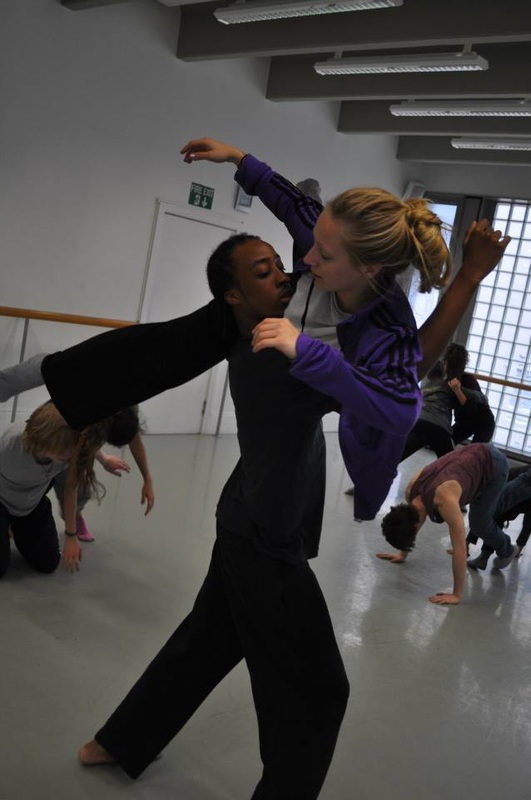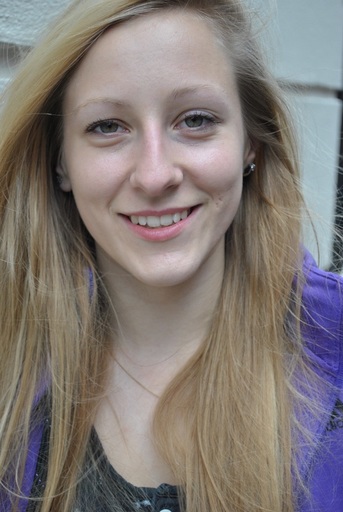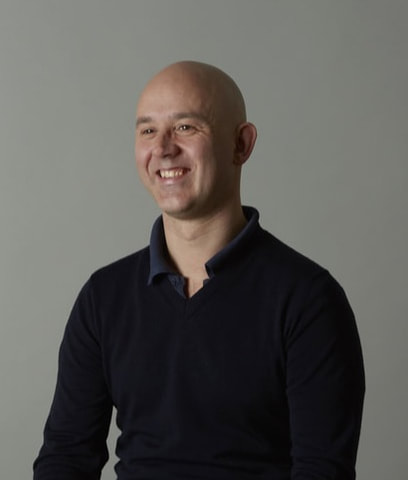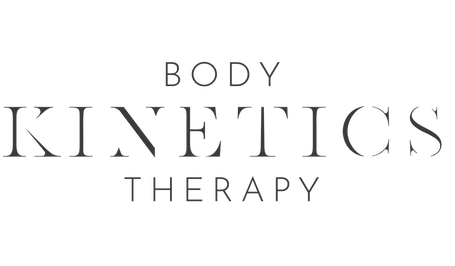0 Comments
There is so much we don´t know about how the human body works: how is it that the immune system doesn´t see a fertilized egg as an alien intruder which needs to be killed off, but allows it to develop for 9 months? Why do we yawn? Why do we dream or sleep so much? (Giraffes sleep less than 4 hours a day and wild elephants only 2) Why do we blush? We have theories, but we don´t know the answers to any of these questions with any degree of certainty. Likewise, when we get down to detail, we don´t know how many medical interventions work. We also don´t really know how Bowen works. Here are two of the best current theories we have.
Theory Should Not Get in the Way of Practice
It is helpful to have some sort of story about what is happening as a result of a treatment. Both these theories make sense, and both have a good chance of being (at least partially) correct. Of course they are not the only perspectives on what is going on: a number of the bowen techniques work directly to encourage lymphatic movement, and most of the standard locations where we make moves are on acupuncture points and meridians, so it might also be possible to explain what´s happening on the basis of Chinese medical theory. Most people come to Bowen (often as a last resort) as they are in pain and want the pain to stop. Ultimately, regardless of all the theory, if you don´t try Bowen it won´t work for you.
|
AuthorBody Kinetics Therapy currently offers Sharon Wheeler's Fascial Work for physical trauma and Bowen Technique for neuromuscular pain in Shepherd's Bush, W6, Primrose Hill NW1 and Finsbury Park, London N4. Archives
September 2022
Categories |
Website design: InterKnowledge. Original photography: Beth Evans. Logo design: Josh Olins. Copyright © Body Kinetics Therapy 2018. Privacy and Data Protection. Legal.






 RSS Feed
RSS Feed
